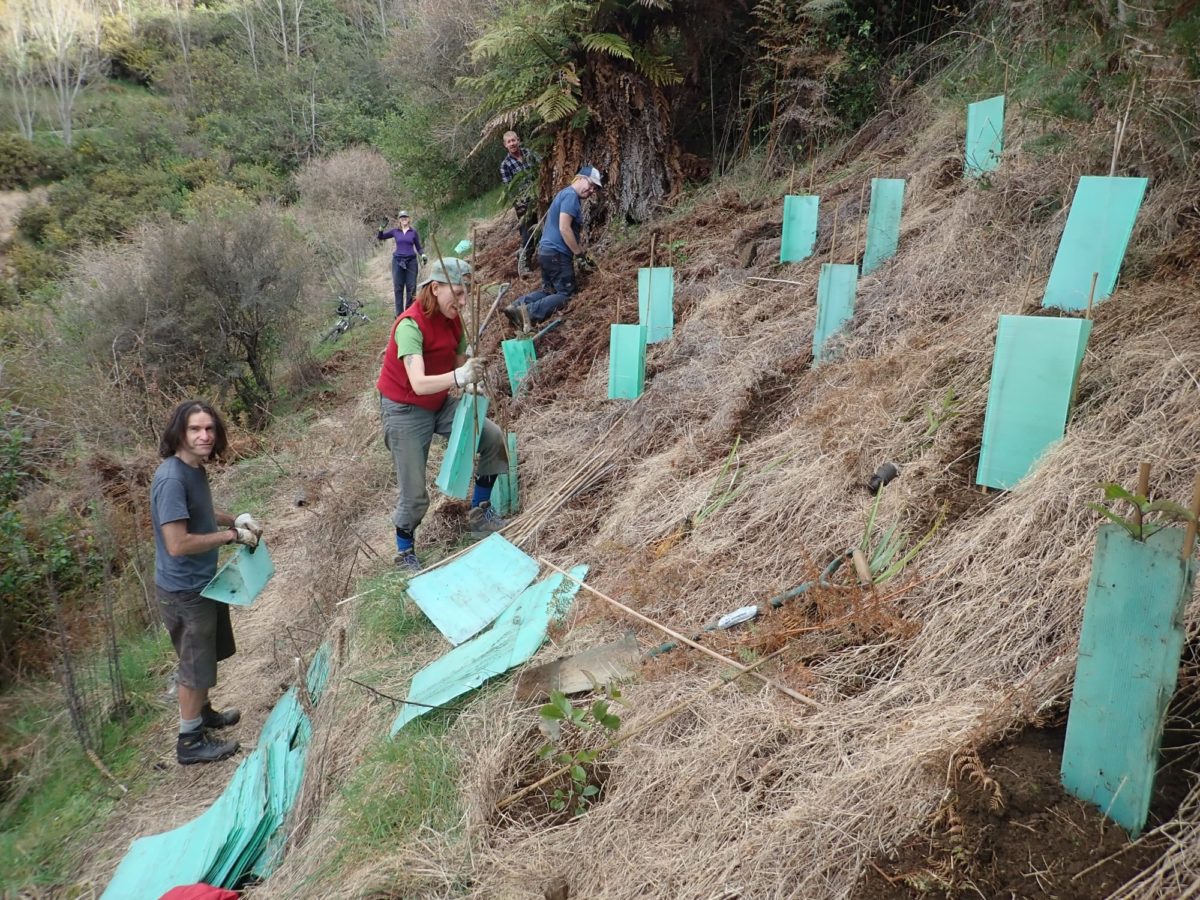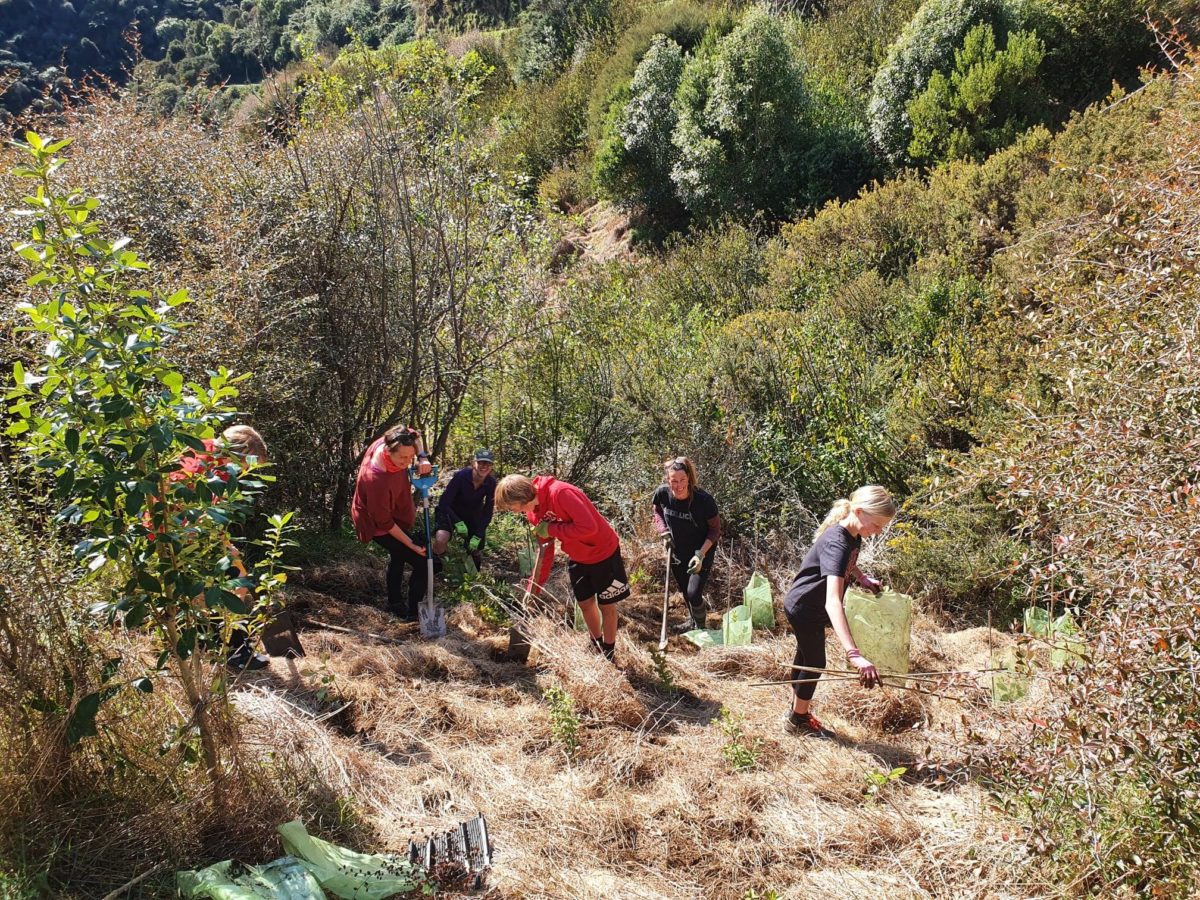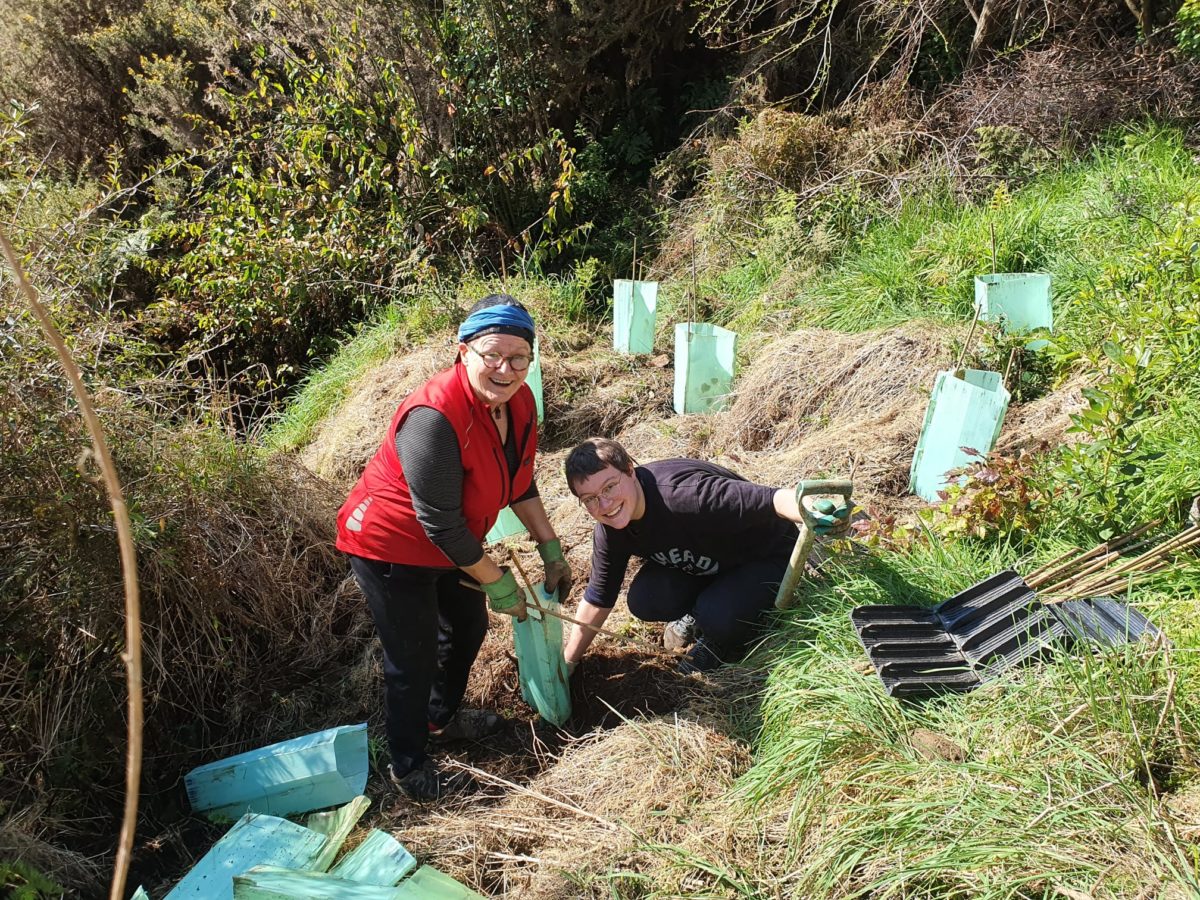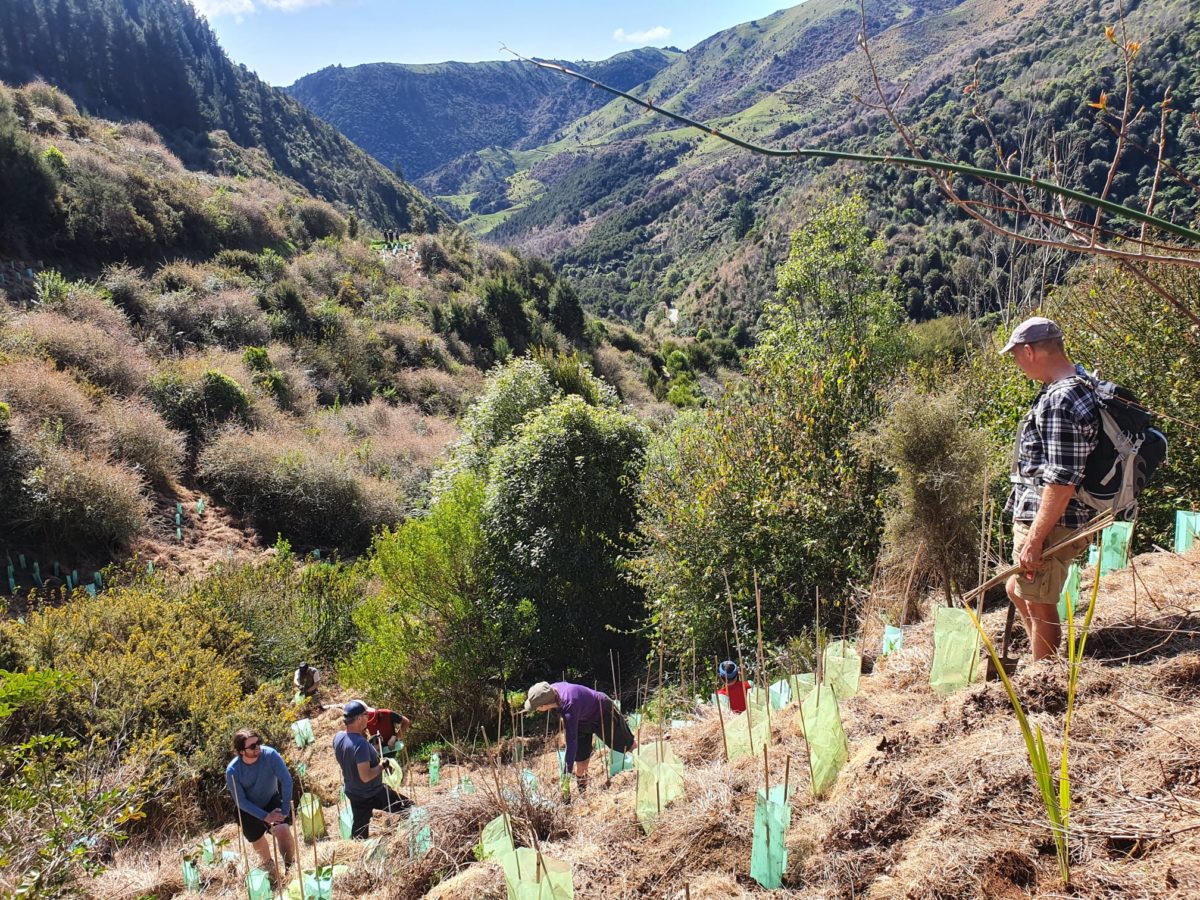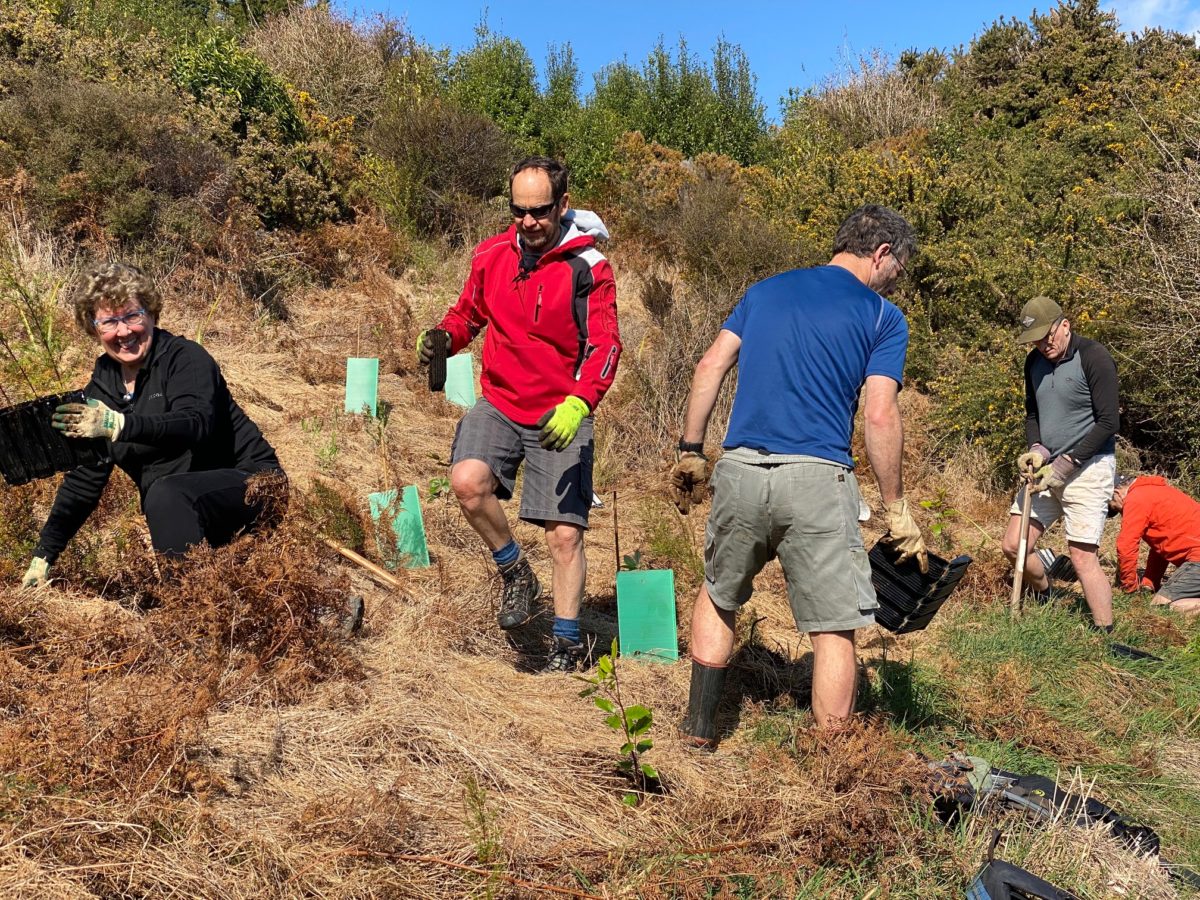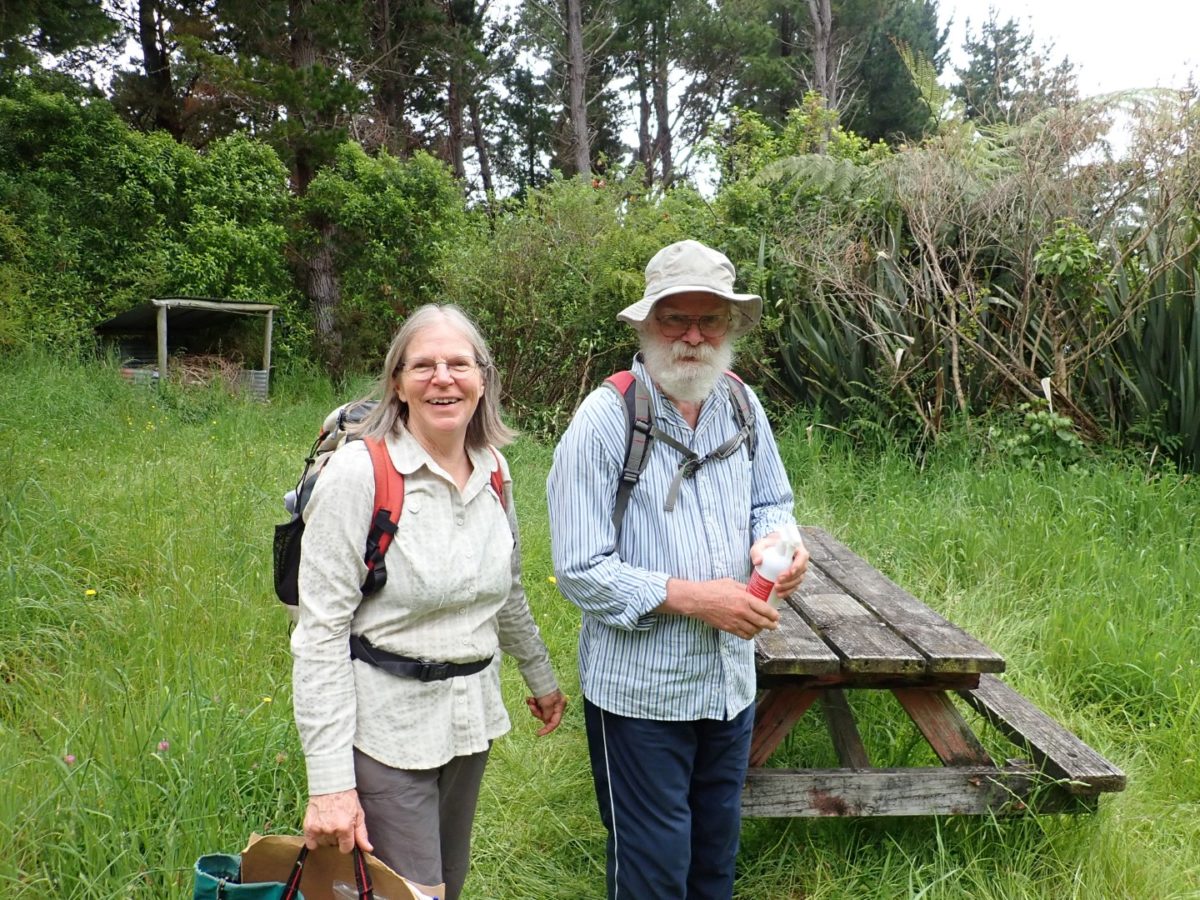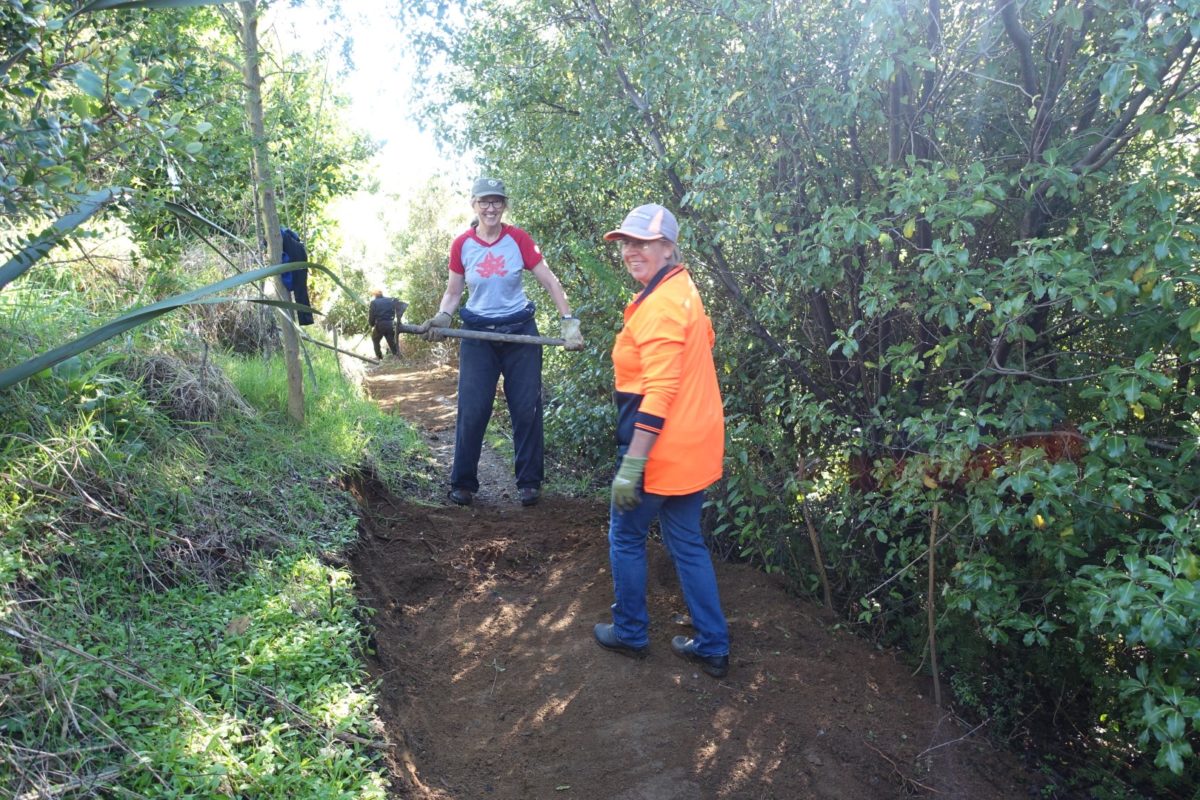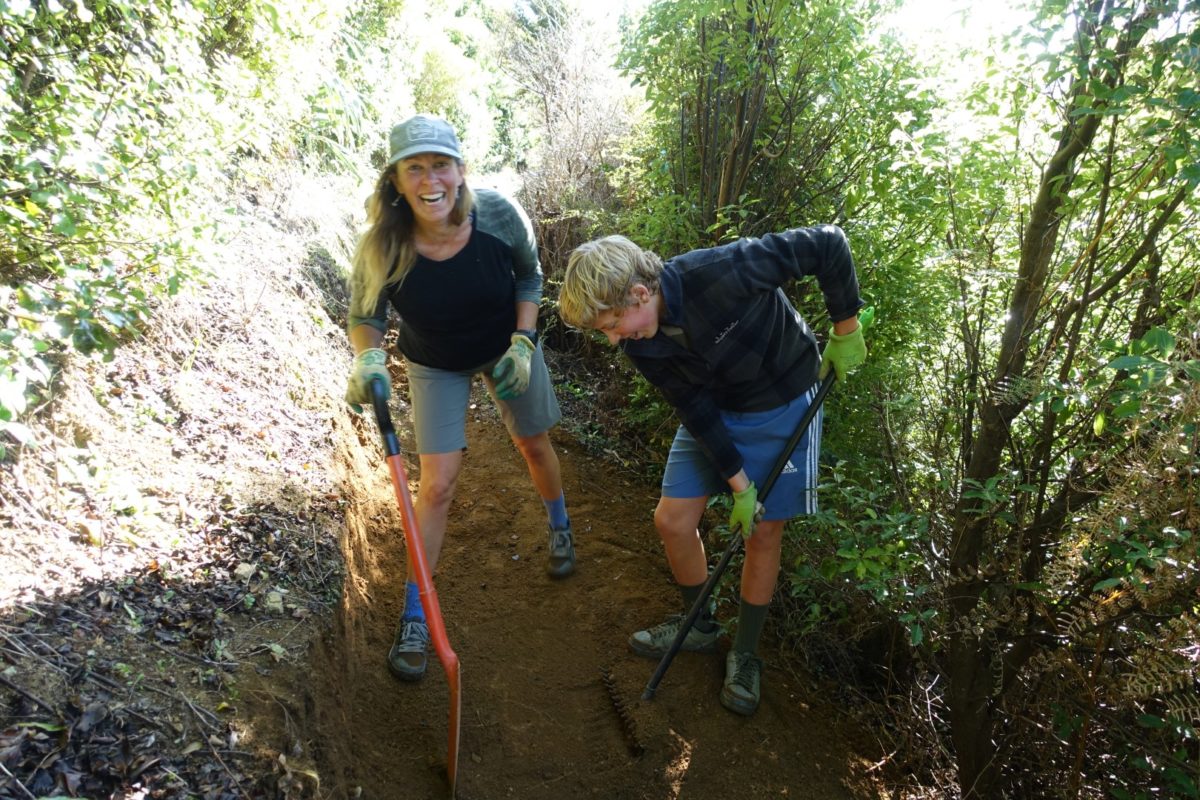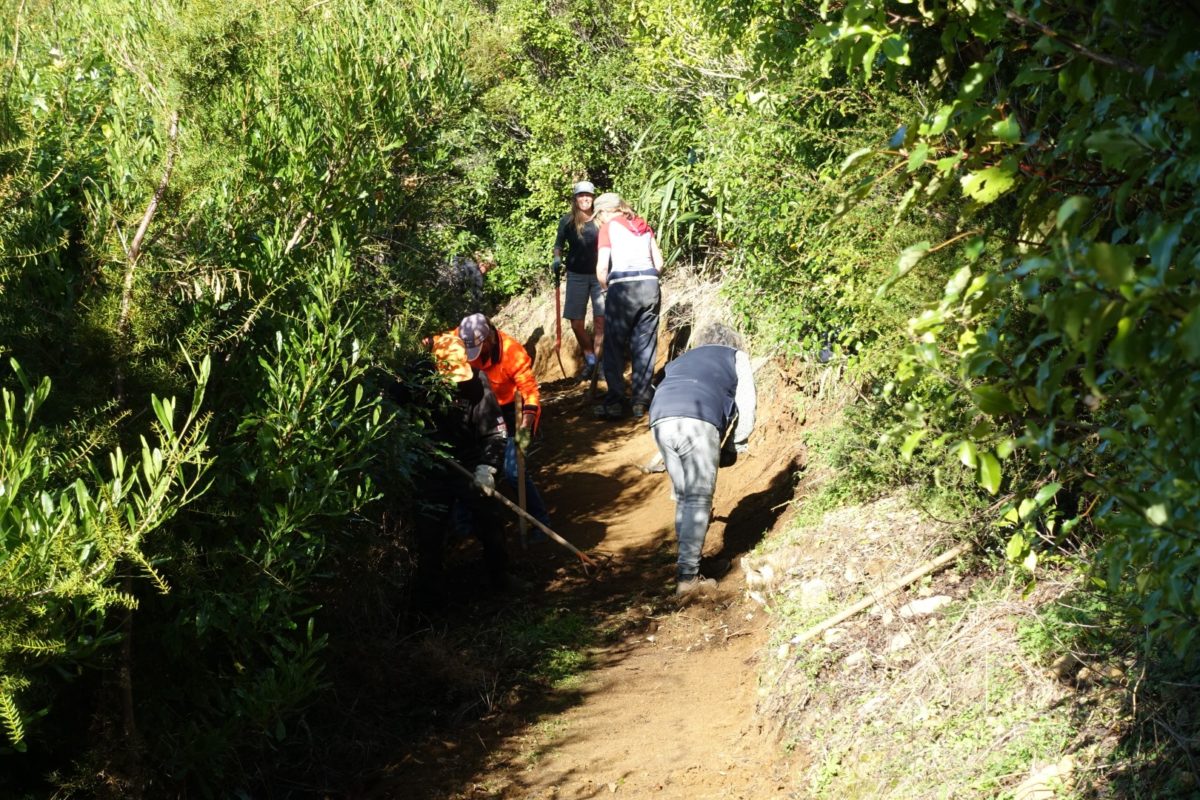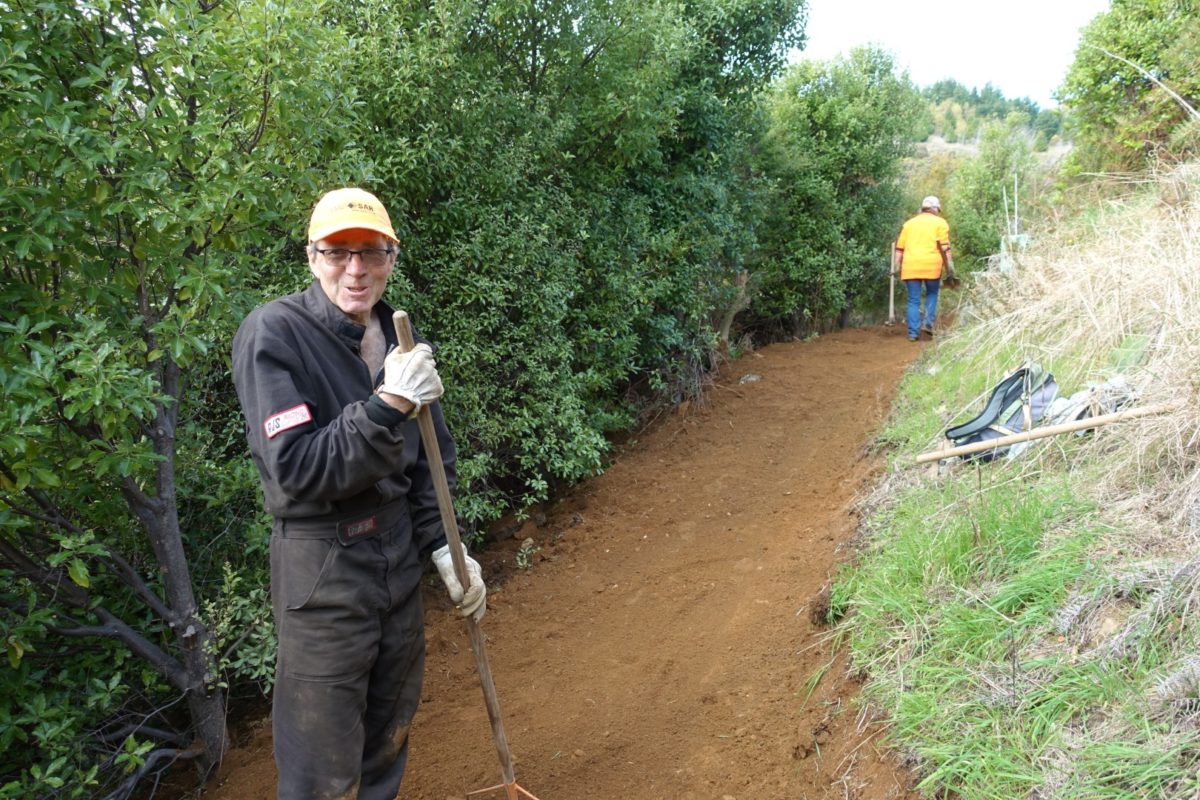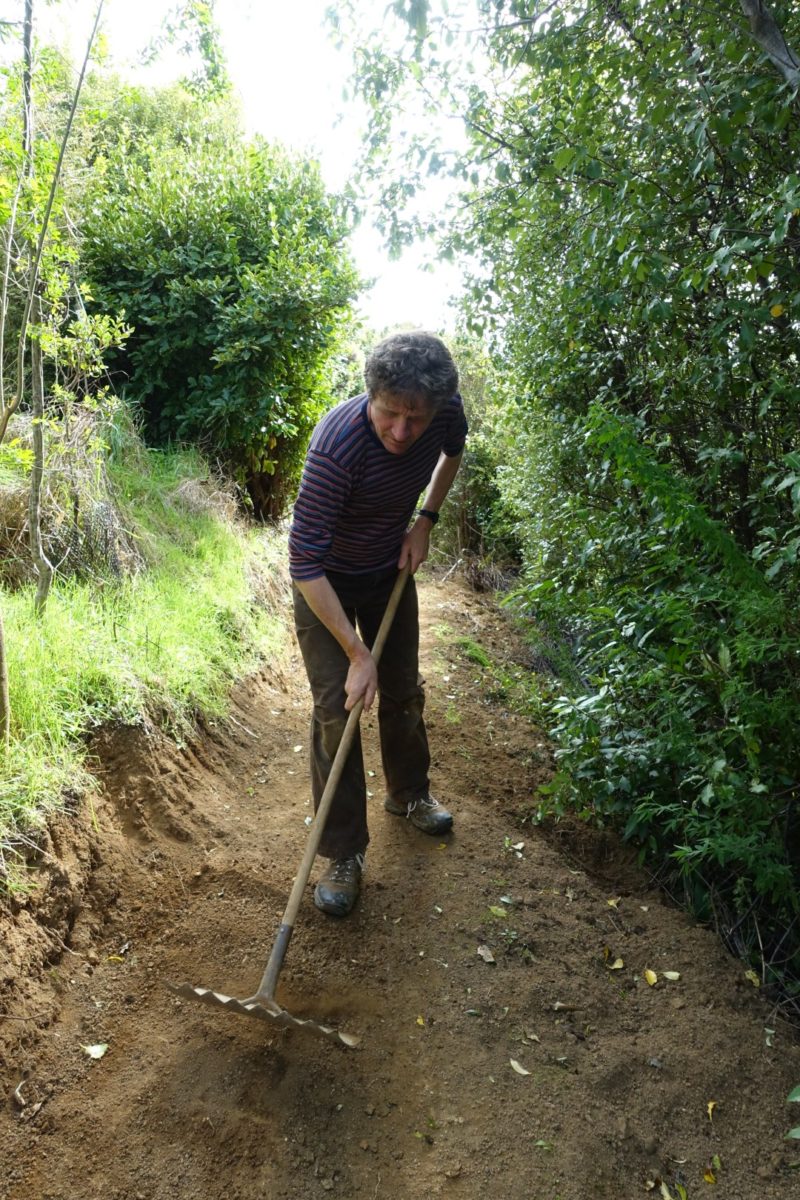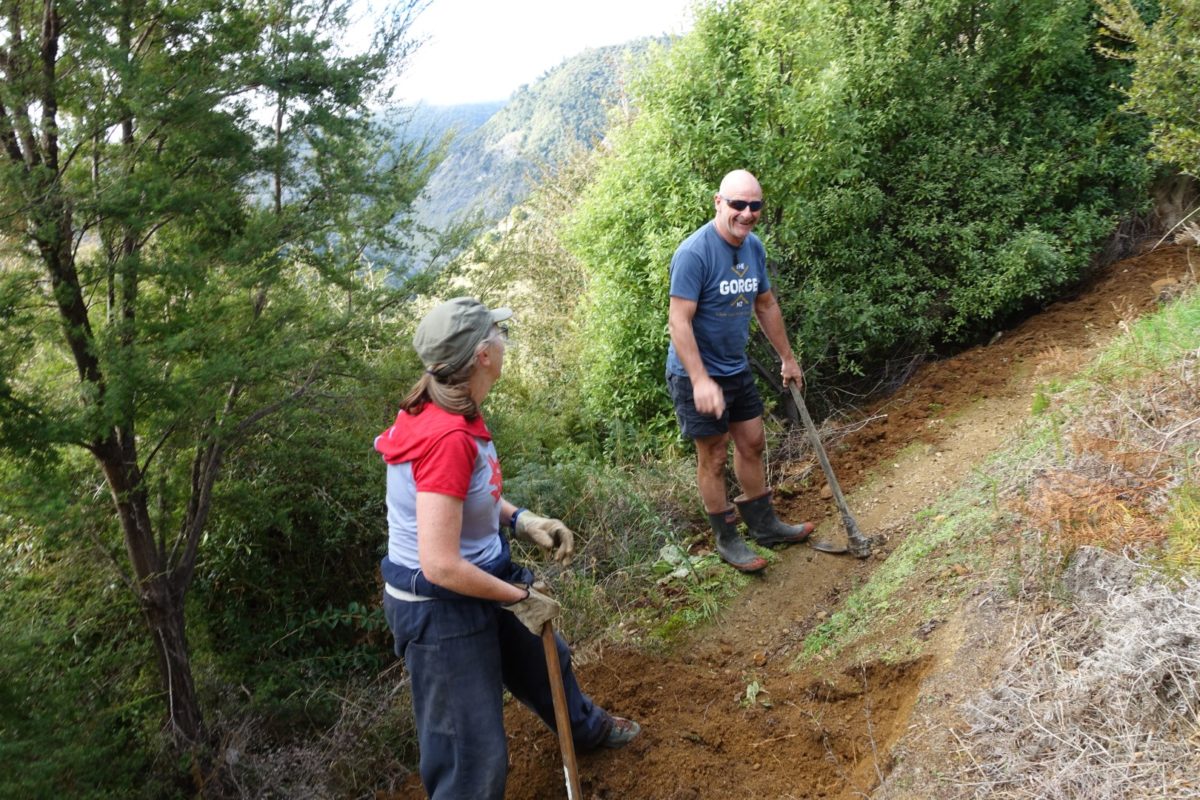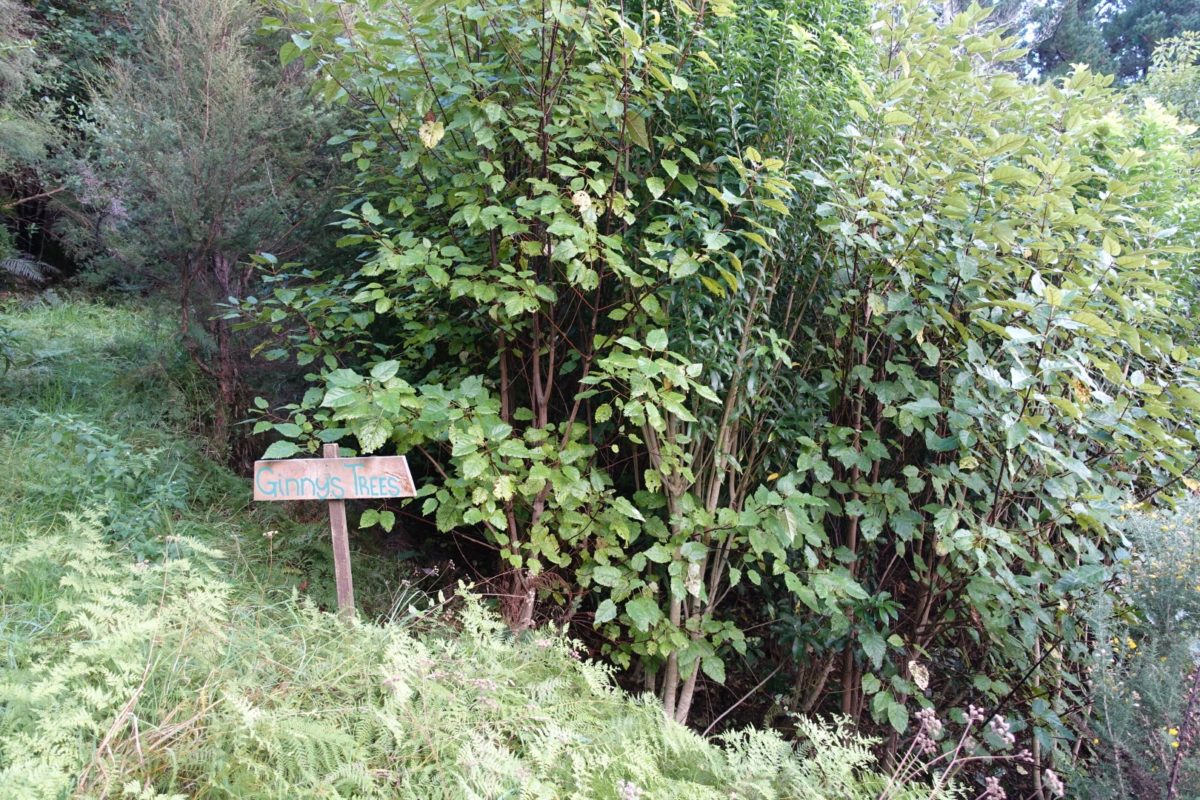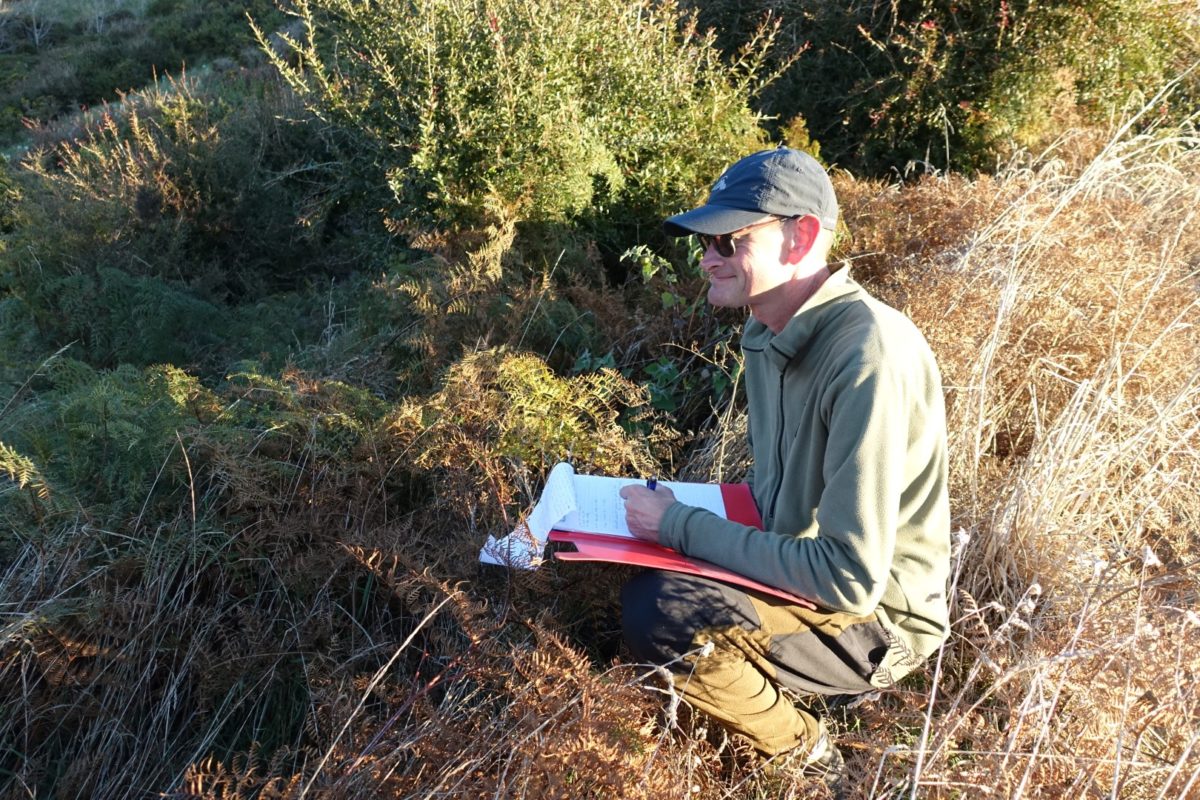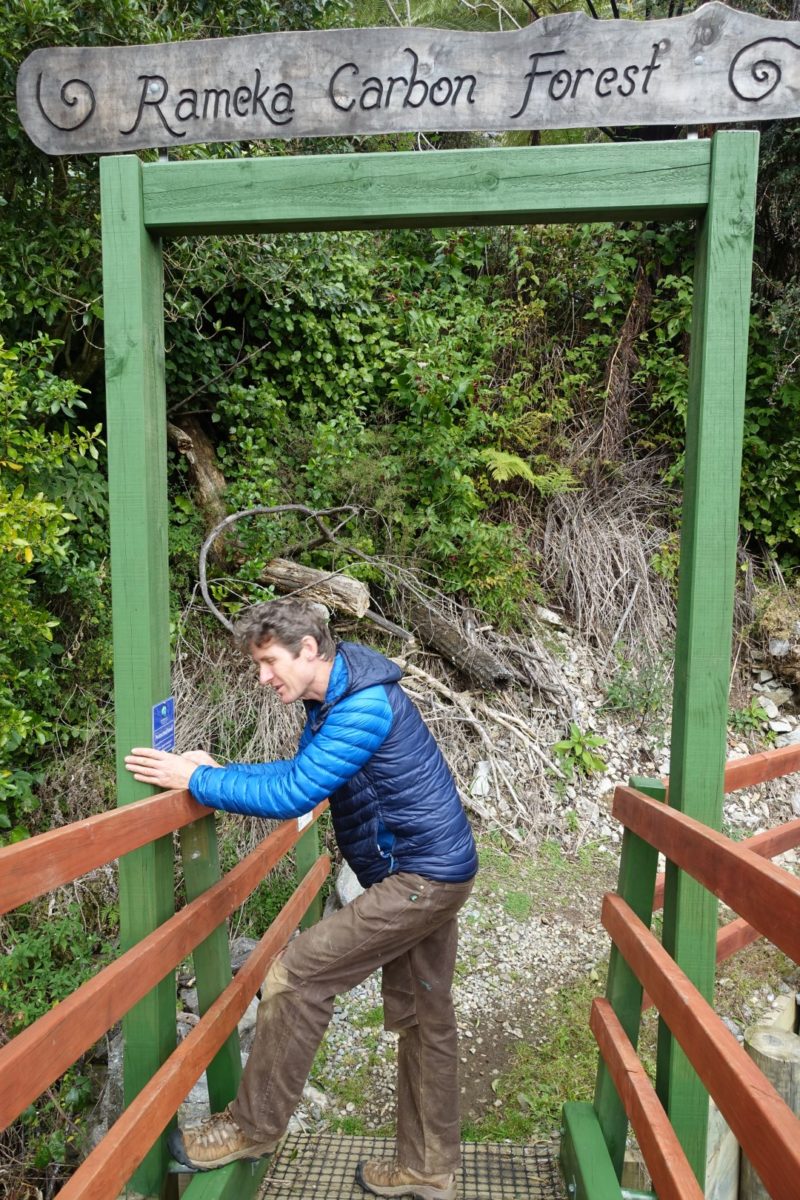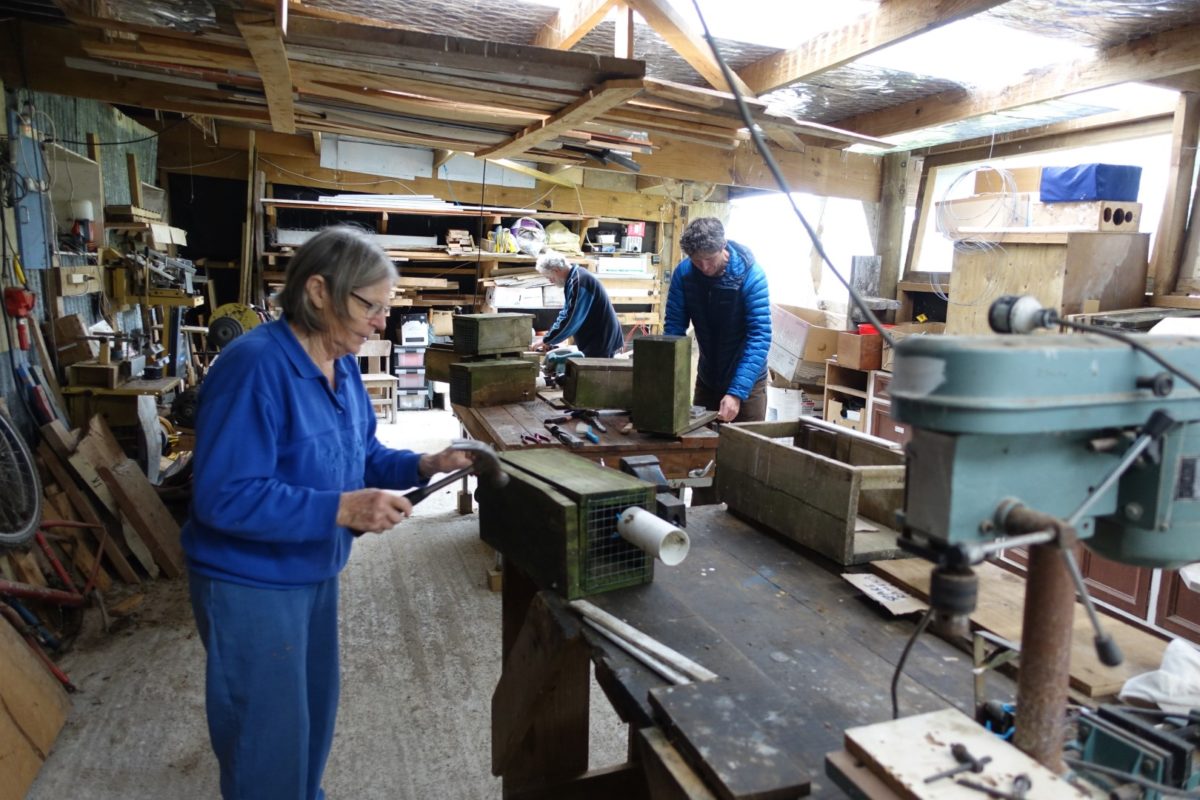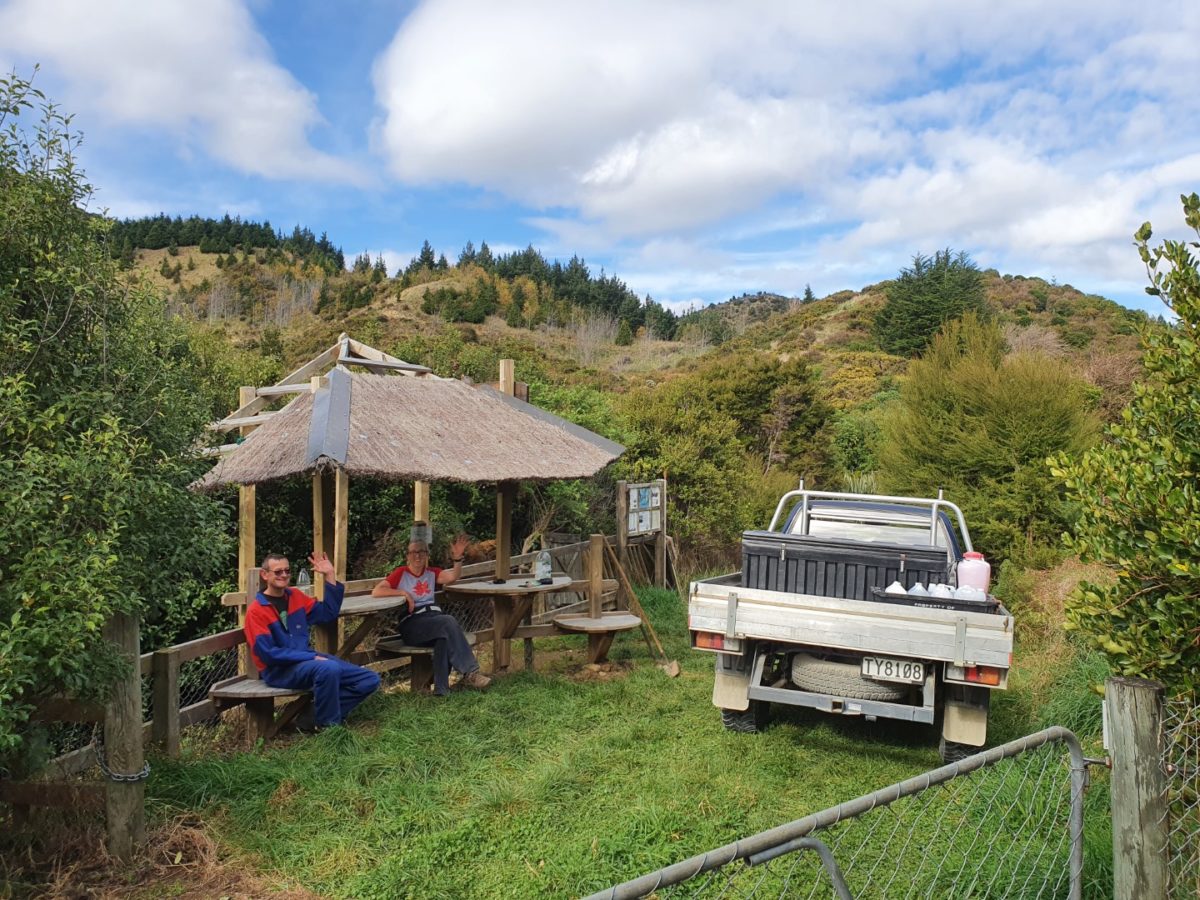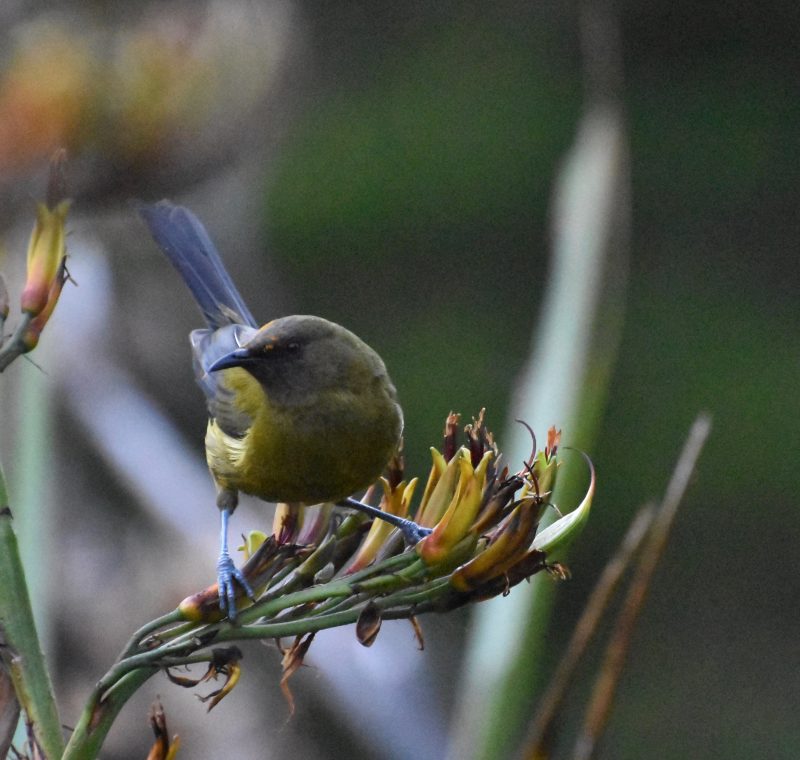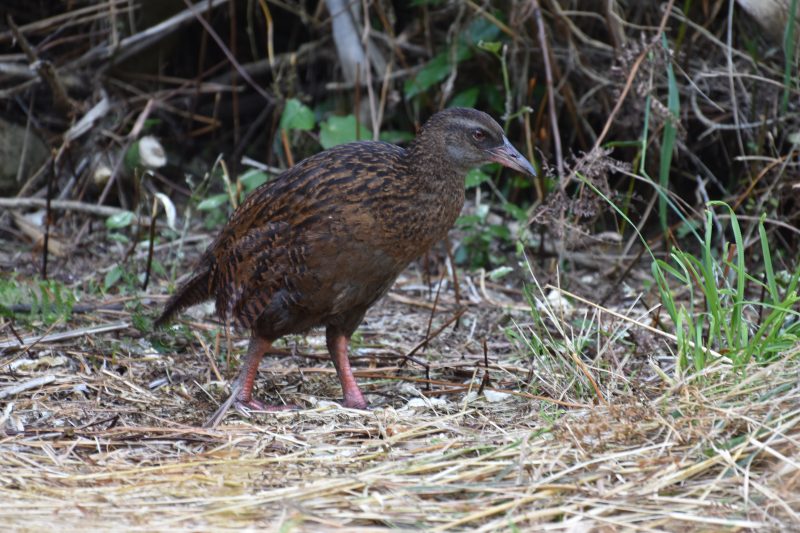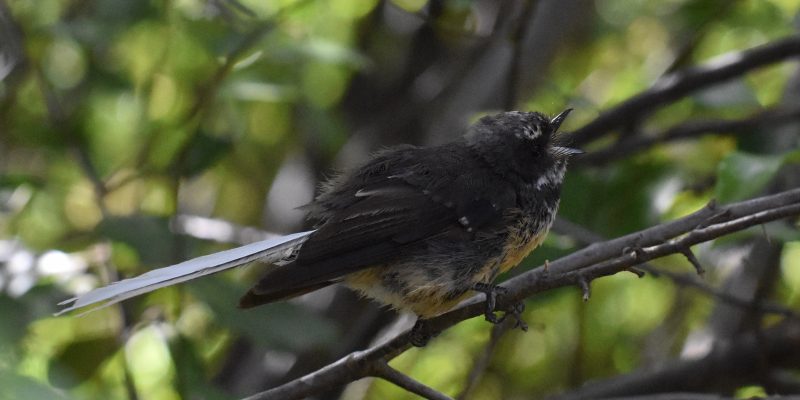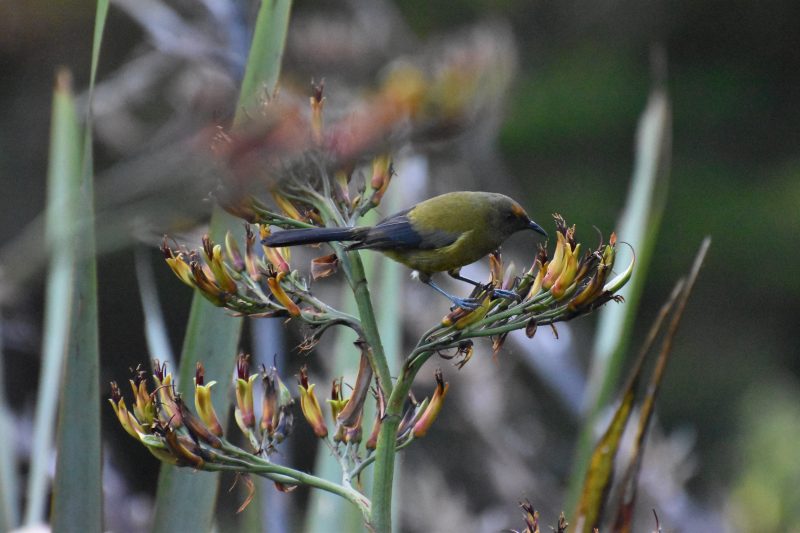1,000 trees were safely planted in September 2021. It was a bit stressful this time, as COVID lockdowns meant that our trip, which is usually in August, was delayed by a few weeks.
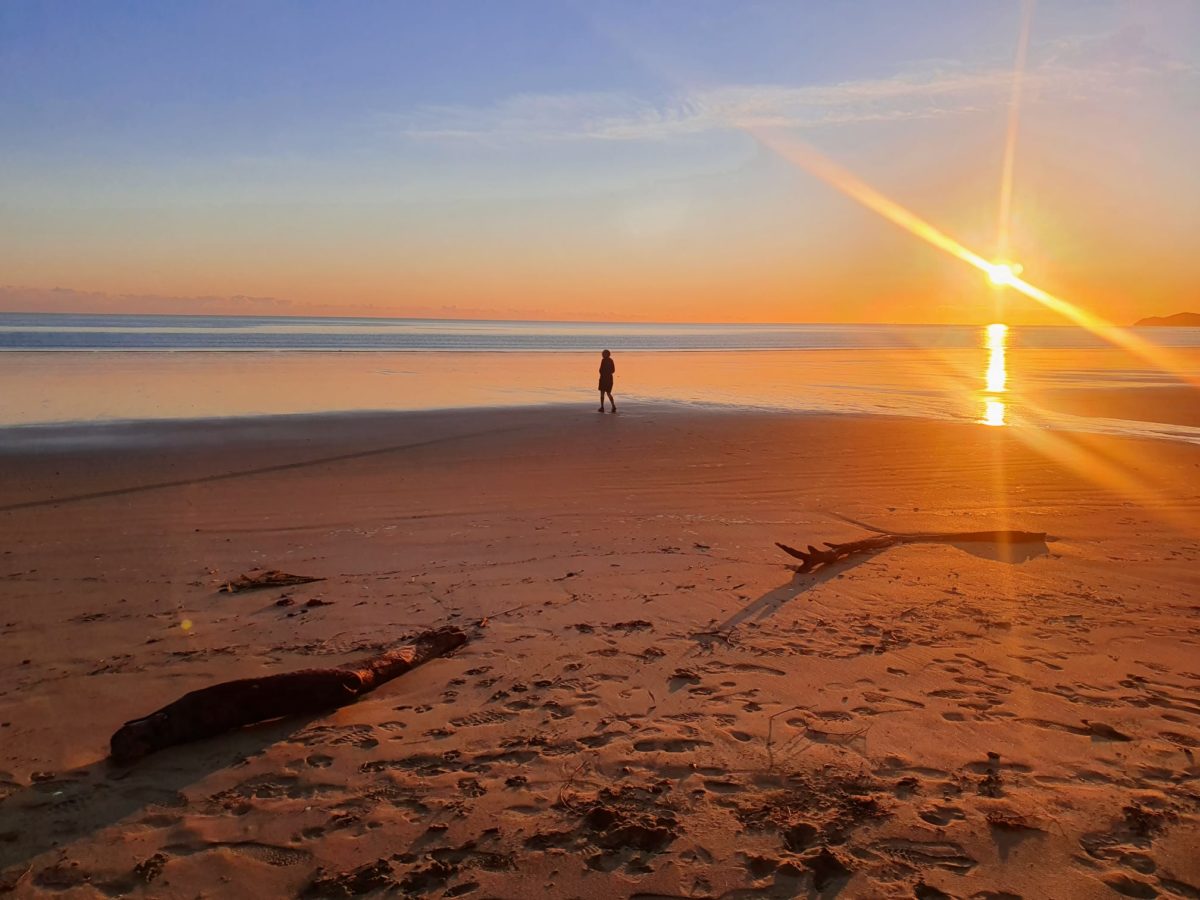
A big thanks to the following tree planters:
Alison, Grant, Karen, Chris, Bob, Bronnie, Jonathan, Richard, Nicole, Geoff, James, Ann-Louise, Maryann, Jeff, Marilyn, Katie, Claire, Stuart, Andrew, Evan, John, Winnie, Mike, Terry, Merryn, Rosa, Felix, Amy, Ruby, Archie, Ricky, Corina, Paul, Greg, Fil, Albie and two-man Josh.
Many hands really do make light work.
Also a big thanks to those who have made donations from afar to help pay for the trees, tree guards and ongoing tree care. This project is sequestering more than 1,000 tonnes of carbon dioxide a year.

